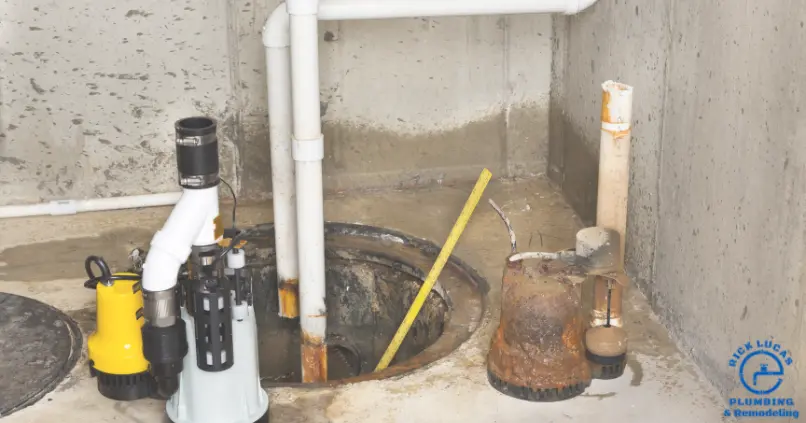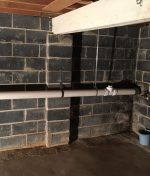
Sump pumps are an essential tool for homeowners to prevent basement flooding. They work by removing excess groundwater from the sump pit beneath the basement floor and discharging it away from the home’s foundation. However, with so many different sump pump types and models available on the market, choosing the right sump pump for your home can be a daunting task. In this article, we will discuss the various types of sump pumps, factors to consider when selecting one, and guidance on installation and maintenance.
Types of Sump Pumps
When it comes to protecting your basement from flooding, sump pumps are an essential tool. But before making a decision, it is important to understand the different types of sump pumps available in the market. Let’s dive into the details!
1. Submersible Sump Pumps
Submersible sump pumps are the most common type and are designed to be fully submerged in the sump pit. This means they are installed below ground level, providing a discreet and seamless solution for your basement. One of the major advantages of submersible pumps is their quiet operation, making them ideal for finished basements where noise can be a concern. These pumps are also known for their high power and ability to handle large water volumes, ensuring efficient and effective water removal. However, it is important to note that installing a submersible sump pump may require professional help, which can add to the overall cost.
2. Pedestal Sump Pumps
If you’re looking for a more budget-friendly option, pedestal sump pumps might be the right choice for you. Unlike submersible pumps, pedestal pumps are mounted above the sump pit, with the motor positioned on top of a column. This design makes them easier to access and maintain, as you don’t have to remove them from the pit for servicing. However, it’s worth mentioning that pedestal pumps tend to be noisier compared to their submersible counterparts. So, if you have a finished basement where peace and quiet are a priority, you might want to consider other options. Additionally, pedestal pumps are best suited for smaller sump pits and lower water volumes.
3. Battery Backup Sump Pumps
When it comes to protecting your basement from flooding, power outages can be a major concern. That’s where battery backup sump pumps come into play. These pumps are designed to provide an additional layer of protection in case of power failures or primary pump malfunctions. With a separate battery-operated pump, they ensure that water is still being removed from the sump pit even when the main pump is not operational. Battery backup sump pumps are especially valuable in areas prone to severe storms or frequent power disruptions, giving you peace of mind during unpredictable weather conditions.
4. Combination Sump Pump Systems
For those who want the ultimate protection against basement flooding, combination sump pump systems are the way to go. These systems combine the power of a submersible or pedestal pump with the reliability of a battery backup pump. By automatically switching to the battery-operated pump when needed, combination systems ensure continuous protection even in the most challenging situations. This means you can have the best of both worlds in terms of reliability and functionality, providing you with the utmost confidence in your basement’s flood prevention system.
Now that you have a better understanding of the different types of sump pumps available, you can make an informed decision based on your specific needs and budget. Remember, investing in a reliable sump pump is an investment in the protection and safety of your basement, so choose wisely!
Factors to Consider
When selecting a sump pump, several factors should be taken into account:
1. Pump Capacity
The pump capacity, measured in gallons per hour (GPH) or gallons per minute (GPM), determines how quickly the pump can remove water. Consider the average amount of rainfall in your area and the size of your basement to determine the appropriate pump capacity.
2. Head Pressure
The head pressure, measured in feet, refers to the maximum height the pump can effectively move water vertically. This is crucial if you need to pump water uphill or vertically for long distances. Ensure that the pump has enough head pressure to meet your specific requirements.
3. Switch Type
The switch type controls when the pump turns on and off. Common switch types include vertical float switches and electronic switches. Vertical float switches are mechanical and may experience more wear and tear, while electronic switches are less prone to jamming. Choose a switch type that suits your preferences and reliability needs.
4. Power Source
Consider the power source for your sump pump. Most pumps are designed to be plugged into standard electrical outlets. However, if your area experiences frequent power outages, a battery backup sump pump or a water-powered pump might be a better option.
Installation and Maintenance
Proper installation and regular maintenance are crucial for ensuring the optimal performance of your sump pump. Here are some essential tips:
1. Installation
Follow the manufacturer’s instructions for installation or hire a professional to install the sump pump. A properly installed pump will ensure efficient water removal and prevent potential damage to your basement.
2. Testing and Operation
Regularly test your sump pump by pouring water into the pit and ensuring that it activates and drains the water properly. This should be done at least once a year or after maintenance or repairs.
3. Check the Check Valve
The check valve prevents water from flowing back into the pit after the pump shuts off. Regularly check and clean the valve to ensure proper functioning. Replace it if it becomes worn out or damaged.
4. Battery Maintenance
If you have a battery backup sump pump, ensure that the battery is properly maintained. Check the battery’s charge level and replace it as recommended by the manufacturer to ensure it is ready to go in case of a power outage.
Ensure Your Basement Stays Dry with the Right Sump Pump
Choosing the right sump pump for your home is a crucial decision to protect your basement from flooding. Consider the various types of sump pumps available, factors such as pump capacity and switch type, and your specific requirements. Proper installation and regular maintenance will ensure that your sump pump operates efficiently and provides you with peace of mind, even during heavy rainstorms or power outages.
Need expert advice on selecting and maintaining your sump pump? Visit Rick Lucas Plumbing today. Our team of professionals is ready to help you safeguard your home from flooding. Contact us now for reliable sump pump solutions!









